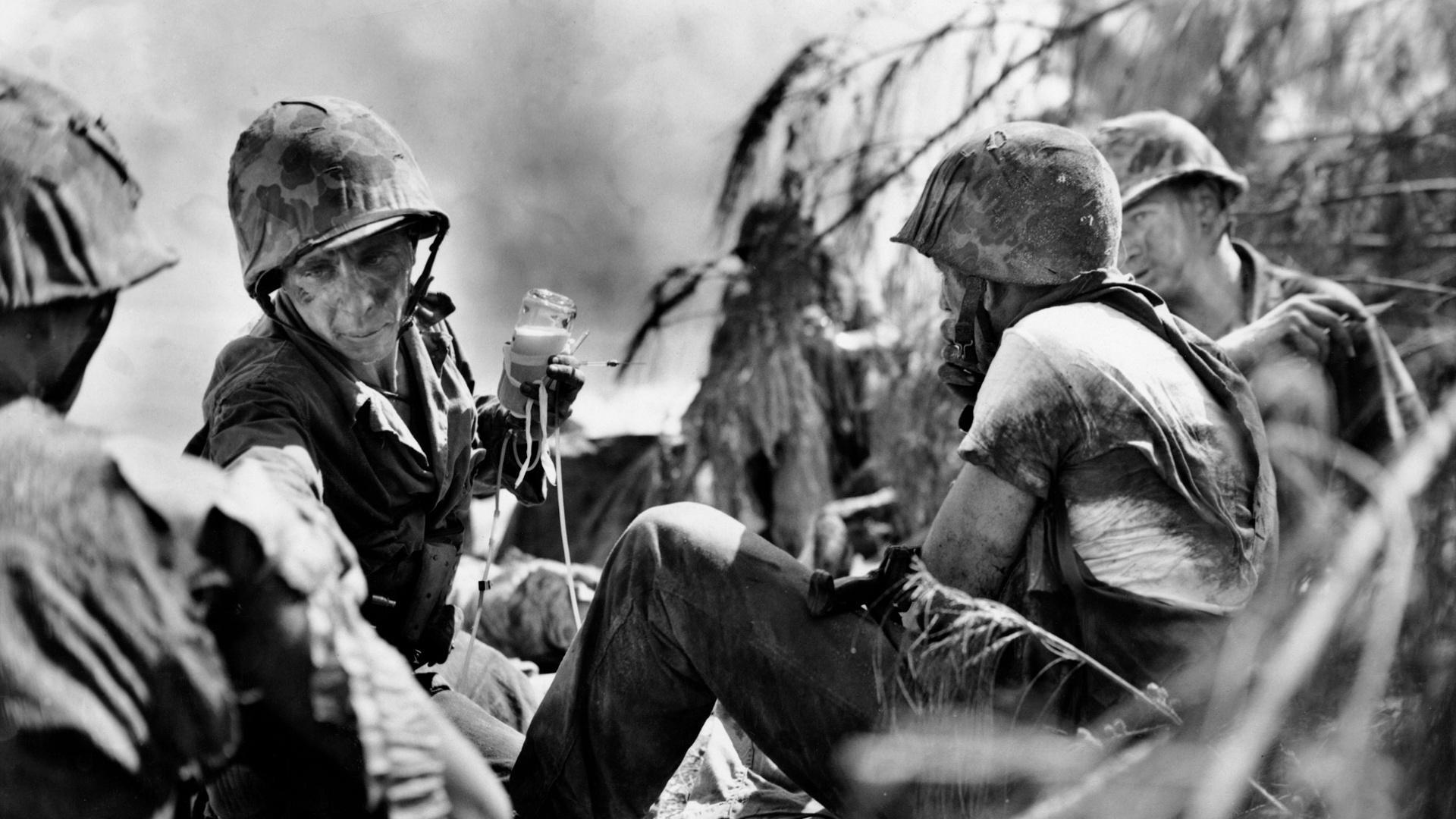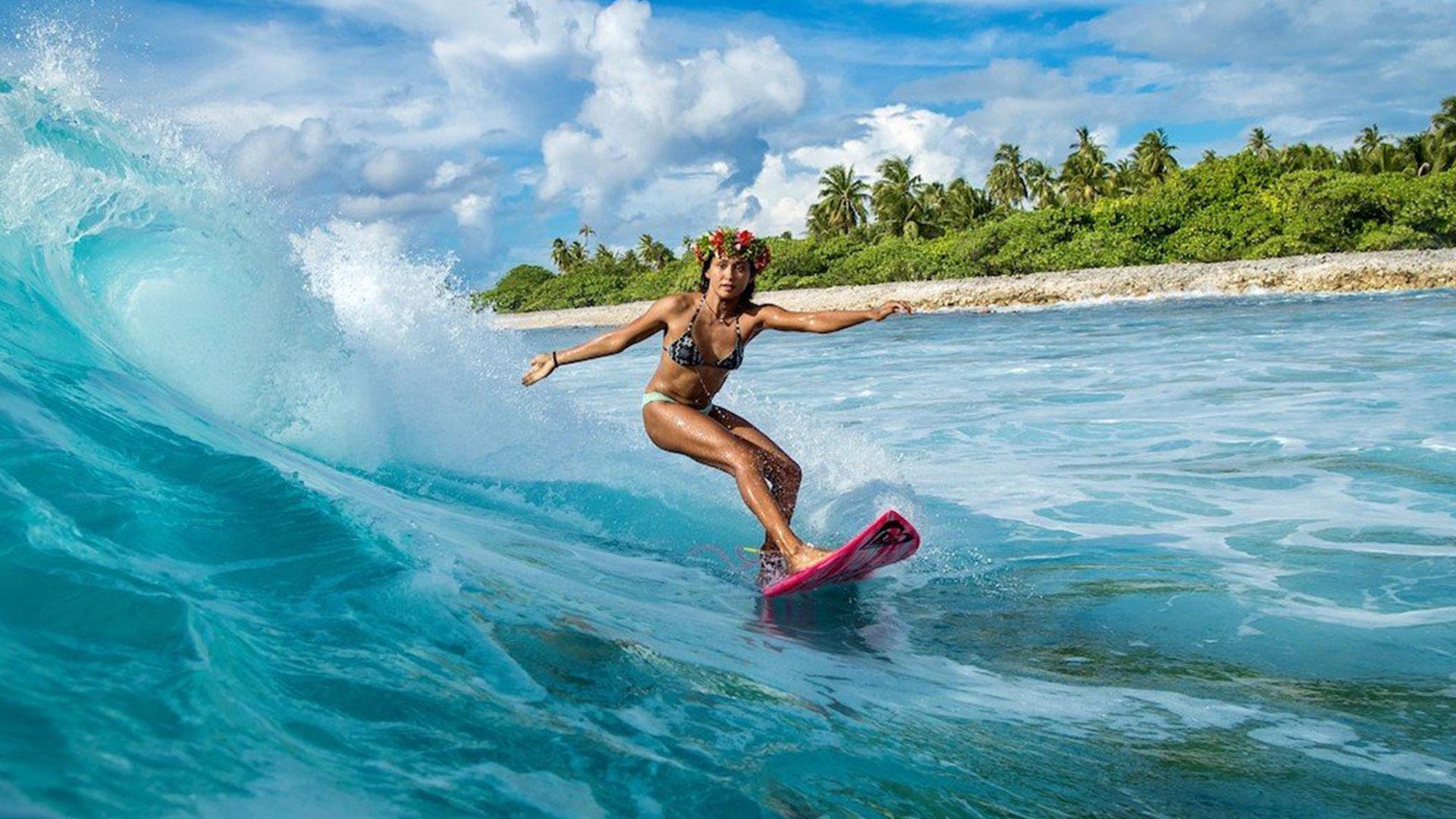Whether you were on the dance floor in the late 1970s or just heard your first Donna Summer song, you’ve probably felt the bright, groovy beats of disco. But did you know that this genre has always been more than dance music?
Disco was an innovation that encouraged people to enjoy the world and each other instead of focusing on fear. Just as importantly, it was a social, political and cultural movement uniting communities too often barred from mainstream artistic expression.
Simply put, there’s a lot to say about disco music.
In “Disco: Soundtrack of a Revolution” on PBS, you get an exclusive invite to the basement bars, warehouses and dance clubs that breathed life into a radical genre. You’ll learn the story of disco from the artists who made it happen and see for yourself that disco’s not dead.
Official Trailer
Grab your dancing shoes — it’s time for the world’s funkiest history lesson.
What Defines Disco?
The word “disco” comes from “discotheque,” a kind of dance club known for playing popular music. As both a genre and a subculture, disco was most popular in the 1970s, contributing to the decade’s reputation for freedom, fun, funk and fashion. The music itself had a unique sound: synthesizers, electric instruments, upbeat rhythm and the “four-on-the-floor” disco drum beat pioneered by Earl Young.
From “Love To Love You” by Donna Summer to “Y.M.C.A.” by the Village People, disco left a clear legacy and even inspired artists in other genres, including pop and rock. However, as you’ll learn in “Disco: Soundtrack of a Revolution,” disco’s huge influence made it a quick target for appropriation and change by outside forces. These days, knowing the original history and definition of disco is a way to acknowledge its creators.
The Birth of Disco
Picture this: It’s the early 1970s, and the world is as tangled as the cord on your wall phone. From the Stonewall riots and the Vietnam War to the Beatles disbanding and “The Godfather” hitting theaters, things are coming together just as fast as they’re falling apart.
This is especially true in New York, where economic upheaval has left whole neighborhoods struggling. Although hard times are hitting everyone, much of the trouble disproportionately impacts the areas people of color call home. It’s like shaking a can of Strawberry Crush: Things are going to blow up, and it might just be psychedelic.
Of course, when the young disc jockey David Mancuso hosts a private party at his loft in downtown Manhattan, he doesn’t know any of this. He’s just hoping his big Valentine’s Day 1970 bash will earn him some rent money.
Instead, he helps kickstart a revolution — and the rest is history.
The Loft welcomed everyone, celebrating liberation movements and ignoring the often-oppressive limits of legality. At the time, the music was danceable R&B — but as similar clubs popped up around the city, DJs looked for music that would appeal to their diverse audiences, and a new sound started to develop.
In 1973, Vince Aletti wrote about the revolution in “Rolling Stone.” For the first time, he described the hardcore dance crowd — including “Blacks, Latins and gays” — that congregated in underground clubs. From there, someone shortened the word “discotheque” and suddenly the movement had a name.
The future was looking funky.
Disco: More Than Music
The newly-christened disco gave different communities a safe space to celebrate love and liberation. It was an opportunity to find people who looked like you, thought like you and — perhaps most importantly — danced like you.
This was especially liberating for the LGBTQ+ community. Oppression came from the legal system and friends, neighbors, colleagues and police; it was illegal for two people of the same sex to dance together, let alone have public relationships. Even when a 1971 law made same-sex dancing legal in New York City, wider society refused to tolerate it. For many, being queer became about looking out for each other — and disco was one way to do that.
While mainstream culture had its own hotspots, disco clubs, parties and bars remained underground, beyond the law and outside of judgment. This gave members of the LGBTQ+ community the space they needed to be themselves. Overjoyed to freely express their identities, artists and fans alike latched onto themes of sexuality, love and liberation — topics that went on to inform the whole disco genre. That’s partially thanks to clubs like Studio 54, created as “a playground for sex, drugs and disco.”
Of course, it wasn’t just the dancing that brought people together. Disco itself was an art, and its artists were often refugees from other genres. Top charts in the 1970s were heavily segregated, meaning that Black performers had little hope of beating out The Beatles or Creedence Clearwater Revival — unless, of course, they were happy to perform tight-laced versions of R&B for their whole lives.
Fortunately for the future of music, many artists weren’t about to settle.
That was certainly the case for Gloria Gaynor, who’d struggled to find success on rock charts often built around straight white male performers. She packed up and transplanted to a new genre — one where diverse voices were allowed to sing about otherwise taboo topics. It wasn’t long before she became one of the era’s top soul divas and eventually recorded the first record specifically mixed for discotheques, “Never Can Say Goodbye.”
It was only a matter of time before these two worlds collided. Black and LGBTQ+ artists found acceptance and celebration in each other’s communities, turning mainstream society’s “unwelcome wannabes” into underground culture’s mirrorball icons. Themes of freedom and fun were especially treasured in groups where these things had been denied for so long.
In this way, disco became a patchwork subculture of communities, formats and art styles, its rhythm informed by rebellion against oppression. It clearly said, “If you won’t accept us in your world, we’ll make our own.” Top disco artists included:
Donna Summer: A Black artist famous for “Love To Love You,” a record running longer than 16 minutes and celebrating sexual themes.
The Village People: A disco group based on tongue-in-cheek gay stereotypes, known for “Y.M.C.A.” and “Macho Man.”
Sylvester: A flamboyant, drag-queen-esque Black artist famous for weaving gospel into disco, funk and soul.
Larry Levan: A legendary DJ at Paradise Garage.
However, as the music gained attention outside of marginalized spaces, popular culture took disco right out of its creators’ hands and changed the movement forever.
Down With Disco: The Backlash Against Disco Themes
By the late 1970s, disco had morphed into something unrecognizable. “Saturday Night Fever” hit the silver screen in 1977, but instead of featuring original disco artists, the film put the Bee Gees in the spotlight. The Rolling Stones, Rod Stewart and other non-disco performers also jumped on the genre, giving power to the record labels, charts and radios that once spurned its unique sound. The market became oversaturated with songs that many felt had abandoned the original soul and culture.
Disco fans couldn’t stand the commercialized take on something that belonged to them, blaming mainstream culture for favoring songs like “Disco Duck.” Mainstream culture, meanwhile, pointed the finger right back at disco for sidelining other music, particularly rock. Tensions rose between groups — and while artists suffered, record labels profited.
But that wasn’t the only cause of strife. There was plenty of distaste for the often sexualized themes and behavior in disco songs, performances and spaces, earning concern from religious groups and other disapproving parties. Because these topics were so heavily intertwined with LGBTQ+ identities and freedom — both things that were constantly under attack — the anti-disco perspective quickly became the anti-gay perspective.
There was also backlash against marginalized performers breaking the comfortable boxes that other people had put them into. For example, society often expected Black women to look innocent and avoid taboo topics in art — but performers like Candi Staton and the girl group Labelle didn’t agree. They released songs like “Young Hearts Run Free” (about domestic violence experiences) and “Lady Marmalade” (about sex work) respectively.
The tension came to a head on July 12, 1979, at Comiskey Park, a baseball stadium in Chicago. Visitors took to the field for a “disco demolition” led by radio personality Steve Dahl, who’d previously lost his job when his employer switched to an all-disco playlist. While rock fans said the movement was about differences in musical style, disco artists pointed back to anti-Black, anti-gay sentiments. Nonetheless, with the beginnings of the AIDS epidemic following soon after, many felt that the so-called “war on disco” had successfully silenced the genre.
Support your local PBS station in our mission to inspire, enrich, and educate.
The Revolution and Evolution of Disco
Was there ever a moment when every disco album was burnt, every mirrorball was still and every pair of dancing shoes had been hidden under the bed? Probably not.
The heartbeat of the genre wouldn’t be stopped.
The communities that had created disco took what was left and wove it into something new — primarily house music. The genre’s first beats rang out in Chicago, where the openly gay producer, remixer and DJ Frankie Knuckles was working at an industrial-building-turned-dance-club. Knuckles played all kinds of music, but it was his experimental work with different beats that led to something new. Taking its name from the club, house music is a type of electronic dance music that carries the “four-on-the-floor” disco beat.
Although the first people who heard it were likely the gay Black men who frequented The Warehouse, this genre has become something even bigger. New artists, from Madonna and Bruno Mars to Lizzo and Beyonce, continue to carry that groovy torch — and so will future generations of listeners, dancers, DJs and creators.
Get Your Groove On With “Disco: Soundtrack of a Revolution”
Disco itself may not exist as it once did, but this revolution has had an evolution, and now its impacts are breaking boundaries between genres — much as its original creators did. While the so-called “end” of the era is still disputed, what matters most is that the soul of disco is still alive in speakers, earbuds and dance clubs around the world.
Ready to turn up the volume? Learn more about the kings and queens of disco in “Disco: Soundtrack of a Revolution” on PBS!




